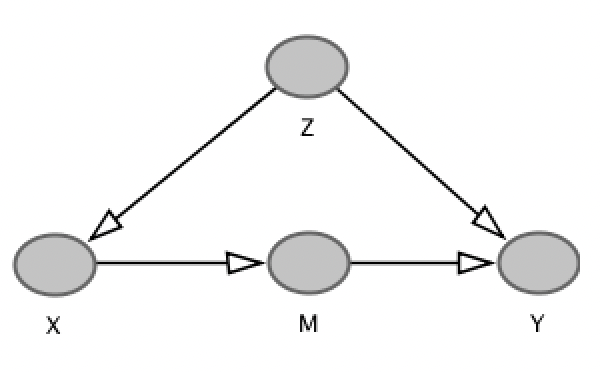I'm just starting to learn about causal inference methods, focused on Pearl's do-calculus. So the point between Pearl's causal graphs and rules for manipulating causal graphs appears to be to turn a causal graph into a statistical model (e.g. a linear regression).
So you might have a causal graph such as $Z \rightarrow X, X \rightarrow M, M \rightarrow Y, Z \rightarrow Y$ (Z is a confounder of X and Y, but X also partially causes Y through M).
If my aim is to figure out the causal effect of X on Y and I just did the naive thing and setup a linear regression with $Y = aX + e$ and tried to estimate a regression coefficient, then of course I would get a biased estimate due to the presence of the confounder Z. On the other hand, if I do $Y = aX + bM + cZ + e$, then I will block the effect of X by conditioning on the mediator M. So again, knowing the causal graph will tell me to condition on Z but not on M, i.e. $Y = aX + cZ + e$ is the correct statistical model that allows me to estimate a causal effect.
But is $Y = aX + cZ + e$ (as a regression model, not a math equation) also a causal model (albeit a "wrong" causal model)? If I manipulate $X$ it tells me what happens to $Y$. Doesn't it correspond to the causal graph $X \rightarrow Y, Z \rightarrow Y$ ? If so, then is the Pearl method just finding a transform of a causal graph into another causal graph that is easier to work with or represent as a regression?
edit: I think my causal graph analysis in this simple example is wrong, but hopefully the broader point is still clear
edit #2:
If I write a model $Y + aX + bZ + e$ in a programming language, I could do so as a function, e.g. in Python
def model(a,X,c,Z):
return a*X + b*Z + np.random.randn()
So if I change the input $X$, it will cause the output of $model(...)$ to change, but I cannot do the opposite. Isn't that a causal model?

